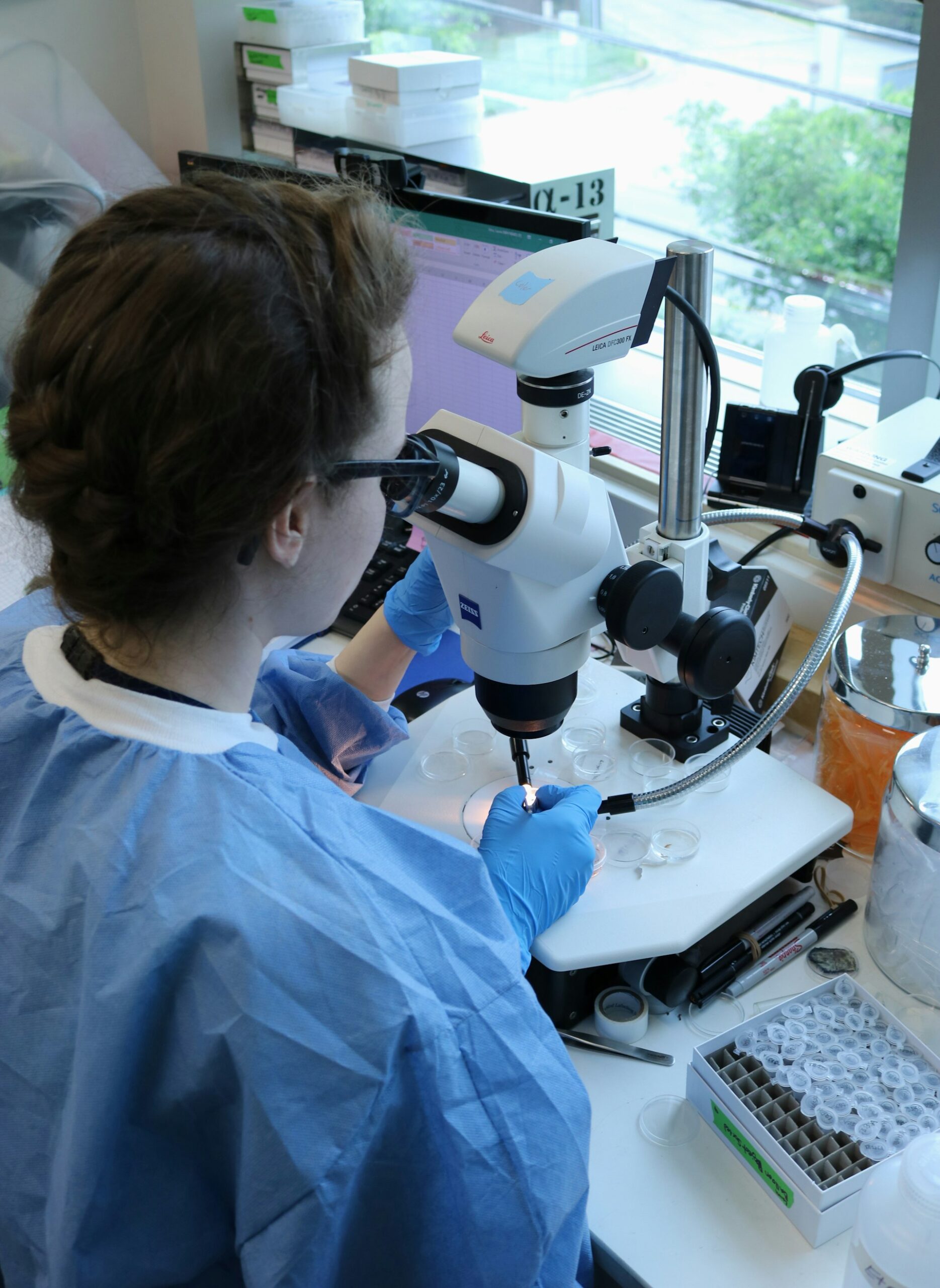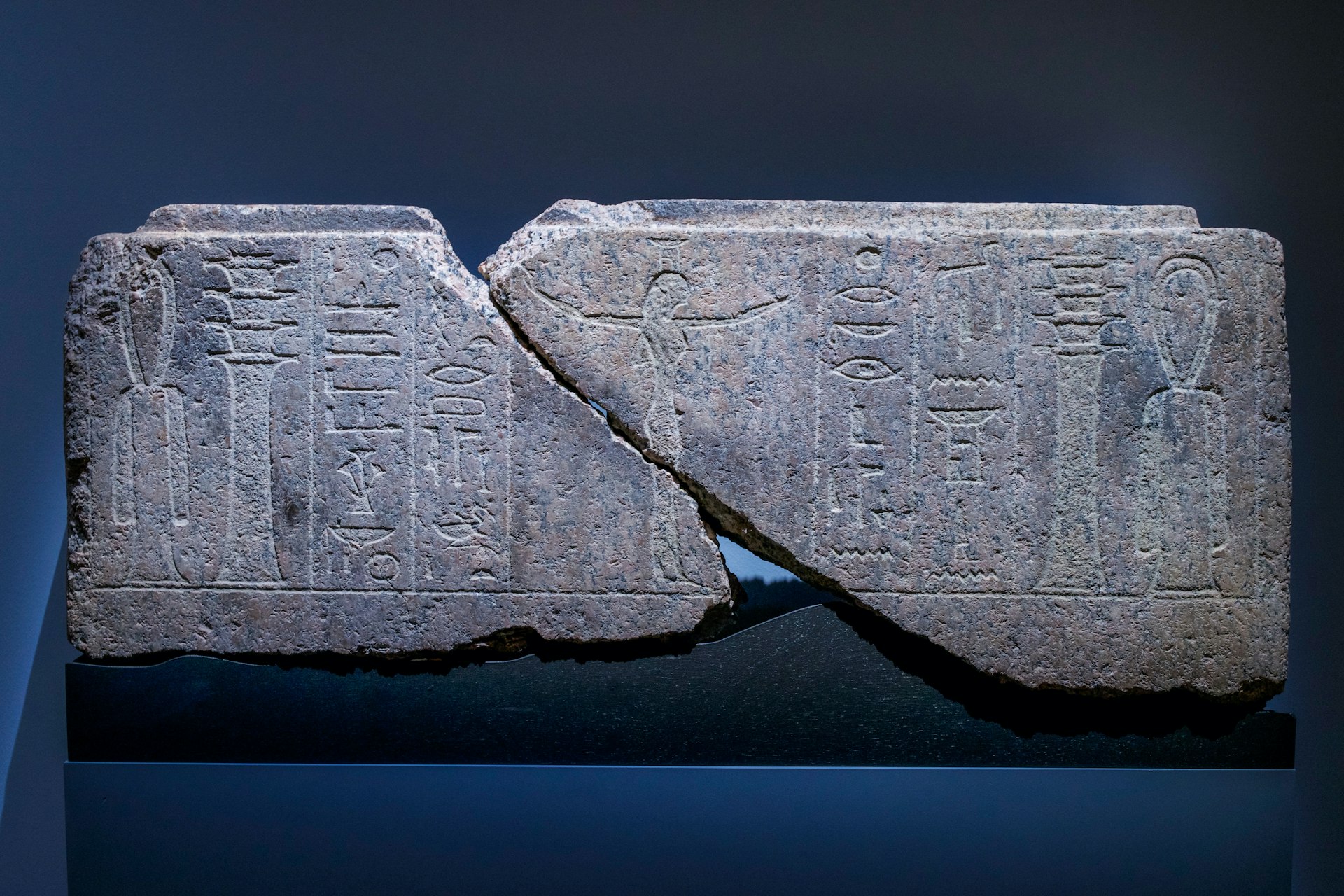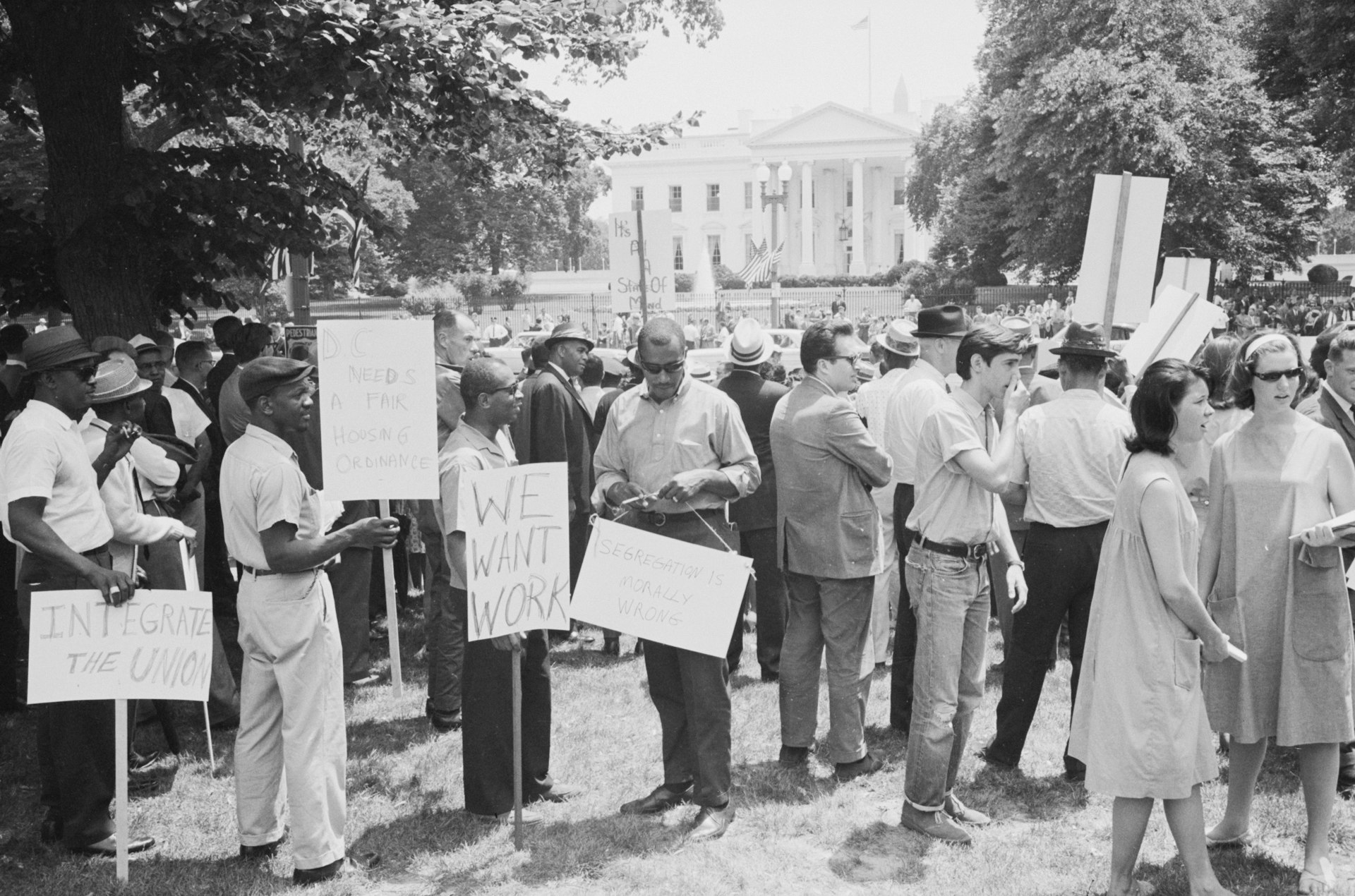Unearthing Impact: How Forgotten Women Shaped Our World

Photo by Arturo Rey on Unsplash
Introduction: The Hidden Architects of Progress
Throughout history, countless women have fundamentally shaped the world we live in. Despite their contributions across science, civil rights, politics, and warfare, many have been excluded from mainstream historical narratives. This erasure is not accidental; various social, political, and cultural forces have contributed to women’s stories being sidelined, misattributed, or entirely lost. In recent years, however, scholars and advocates have worked tirelessly to correct this imbalance, ensuring that these vital figures are finally given recognition. Understanding and celebrating the stories of forgotten women is critical for building a more just and accurate historical record-and it can inspire future generations to challenge inequity and claim their place in history.
Why Are Women Forgotten in History?
The historical record is shaped by those in power, and for much of recorded history, that power has been held by men. This has led to systematic underrepresentation of women-by omission, by misattribution of their achievements to men, or by minimizing their roles. According to a recent analysis, women make up only about 0.5% of recorded history, despite their widespread influence in all fields [1] . This exclusion not only distorts the past, but also perpetuates stereotypes and limits the aspirations of women today.
Case Studies: Forgotten Women Who Changed the World
To appreciate the scope of this issue, consider the stories of several women whose achievements were once overlooked-yet whose legacies are finally being recognized.
Hatshepsut: Egypt’s Forgotten Pharaoh
Hatshepsut reigned as one of ancient Egypt’s most successful pharaohs, but her rule was nearly erased from history by later successors who sought to restore male dominance in leadership. Her temple and monuments were defaced, and her image was scratched from records. Today, her reign is acknowledged for its stability and extensive building projects, showcasing how historical revision can obscure women’s power [2] .

Photo by Stewart Munro on Unsplash
Henrietta Lacks: The Unwitting Donor
Henrietta Lacks, a Black tobacco farmer, unknowingly changed medical science when her cervical cancer cells were taken without consent. These “HeLa” cells became the first immortal human cell line, pivotal in developing the polio vaccine and advancing cancer research. Lacks’ story raises critical questions about ethics, consent, and the exploitation of marginalized women in medical research [1] .
Claudette Colvin: The Civil Rights Pioneer Before Rosa Parks
At just 15 years old, Claudette Colvin refused to give up her seat on a segregated bus in Montgomery, Alabama-months before Rosa Parks. Despite her bravery, Colvin was largely sidelined by civil rights leaders due to her age, skin tone, and because she became pregnant as a teenager. Only in recent years has her key role in desegregation been acknowledged, highlighting how social prejudice can silence even the most courageous voices [3] .
Rosalind Franklin: DNA’s Unsung Hero
Rosalind Franklin’s work in X-ray crystallography was crucial to the discovery of DNA’s double-helix structure. Yet, it was Watson and Crick who received the Nobel Prize, while Franklin’s contributions went largely unrecognized until decades later. Her story is emblematic of the many women in science whose achievements have been overshadowed or appropriated [3] .
Sarah Rosetta Wakeman: A Soldier in Disguise
During the U.S. Civil War, women like Sarah Rosetta Wakeman disguised themselves as men to serve in combat. Despite evidence and records, the official narrative denied the existence of female soldiers for decades. Wakeman’s letters describe the realities of battle and her desire to serve, demonstrating that women have always played vital, if unrecognized, roles in warfare [4] .
How to Discover and Celebrate Forgotten Women
Learning about overlooked women requires proactive research and critical analysis of sources. Here’s a step-by-step guide to uncovering and honoring these legacies:
- Use Reputable Historical Databases: Start with established resources like the National Women’s History Museum, the Library of Congress, or university archives for biographies and primary sources. Search terms such as “women in history,” “unsung heroines,” or specific names can yield valuable results.
- Read Academic and Popular Histories: Many books and articles now focus on women’s hidden contributions. Libraries and bookstores often feature curated lists during Women’s History Month.
- Participate in Local Initiatives: Museums, historical societies, and community groups often host exhibits, lectures, or walking tours on women’s history. Joining these events can connect you to further resources and like-minded advocates.
- Advocate for Inclusive Curricula: If you’re an educator or parent, encourage schools to include more diverse perspectives in their history courses. There are organizations and educational publishers dedicated to this mission.
- Share Stories on Social Media: Platforms like Twitter, Instagram, and Facebook feature hashtags such as #WomenInHistory and #HiddenFigures, which can help you learn about and amplify underrepresented stories.
Challenges and Solutions in Recovering Women’s History
Recovering forgotten women’s stories is challenging due to lost records, intentional erasure, and societal biases. Many achievements were misattributed or documented under men’s names. To address this:
- Researchers continue to digitize archives, making it easier to find original documents and trace women’s contributions.
- Oral histories and community memory projects help preserve stories not found in official records.
- Interdisciplinary collaboration between historians, scientists, and community leaders enables more comprehensive investigations.
While progress is ongoing, these efforts depend on sustained public interest and institutional support. Anyone can contribute by researching, sharing, and advocating for a more inclusive historical narrative.
Alternative Approaches to Discovering Women’s Stories
If direct records are unavailable, consider exploring:
- Family Genealogy: Oral traditions and family records can reveal local heroines who made a difference in their communities.
- Global Perspectives: Many women in non-Western contexts have also been overlooked. Explore international history forums and publications for broader coverage.
- Intersectional Analysis: Examine how race, class, sexuality, and disability have intersected to further marginalize women from historical recognition.
Key Takeaways and Next Steps
Honoring forgotten women in history not only corrects the record but also empowers future generations. By seeking out overlooked stories, advocating for educational reform, and supporting projects that recover women’s legacies, anyone can contribute to a more complete and inclusive understanding of our past.
You can begin by searching the National Women’s History Museum, the Library of Congress, or your local library’s digital archives. During Women’s History Month and beyond, look for museum exhibits, online lectures, and social media campaigns that spotlight underrecognized women. If you are interested in championing such stories in your own community, reach out to local historical societies or educational organizations for guidance and partnership opportunities.
References
- [1] The Rep Project (2020). 5 Overlooked Women in History.
- [2] History.co.uk (n.d.). 4 Forgotten Women from History.
- [3] UTPB (n.d.). Forgotten Women in History: Unsung Heroines and Their Remarkable Stories.
- [4] History Guild (2024). The Forgotten Female Soldiers Who Fought Long Ago and Why Their Stories Matter Today.



